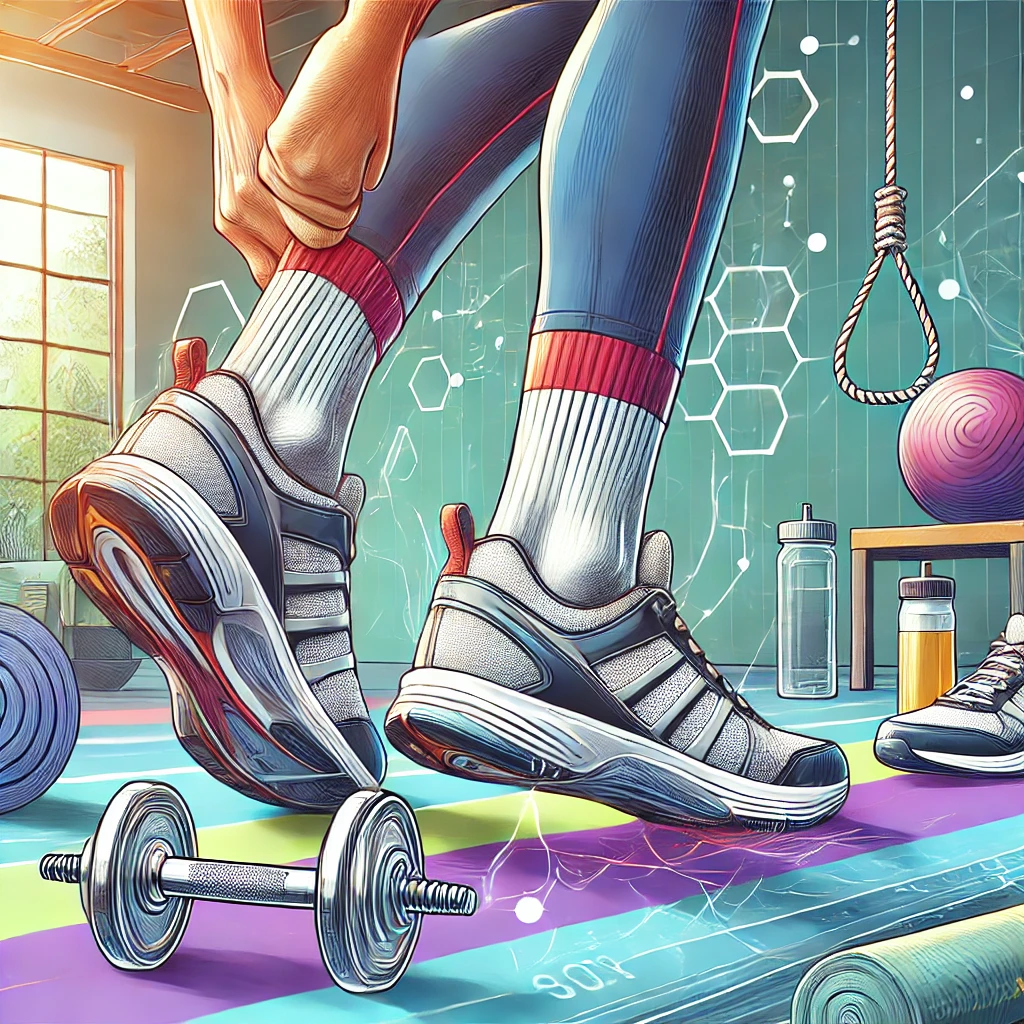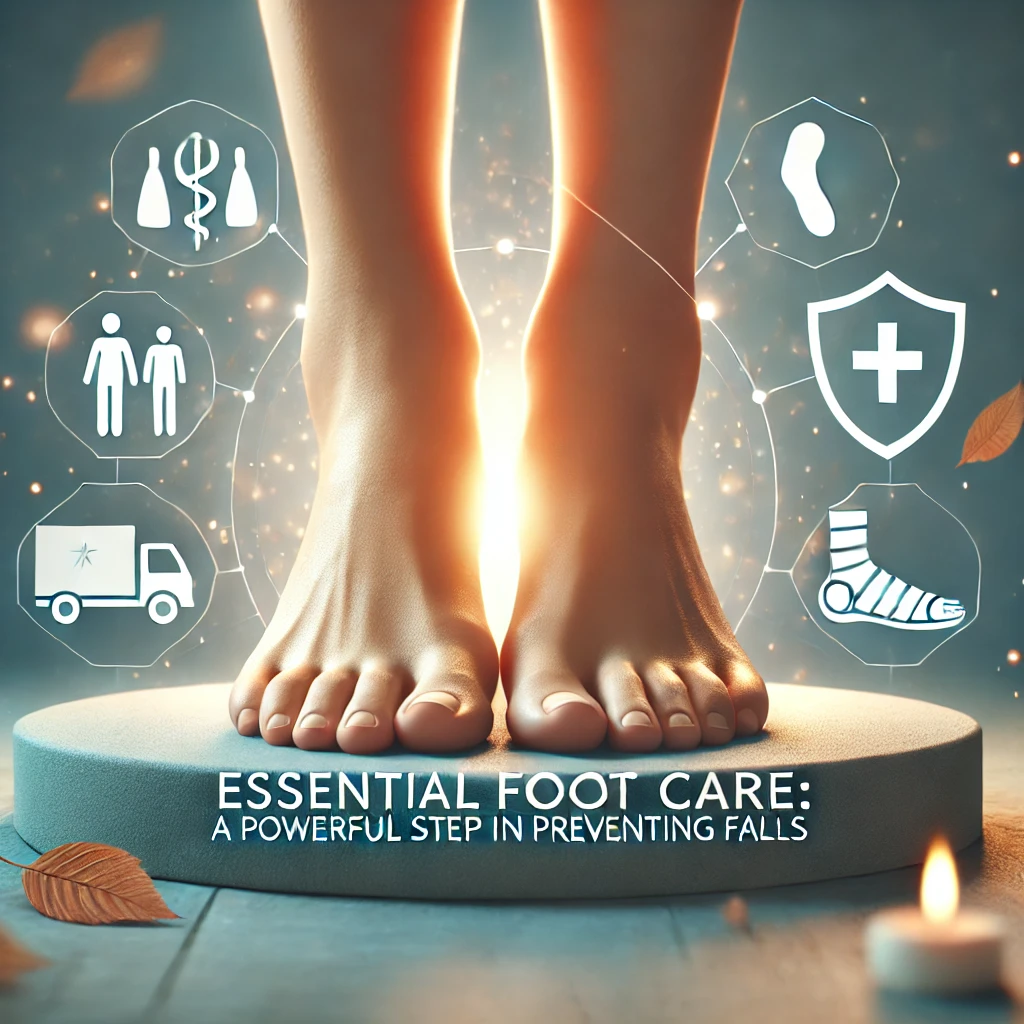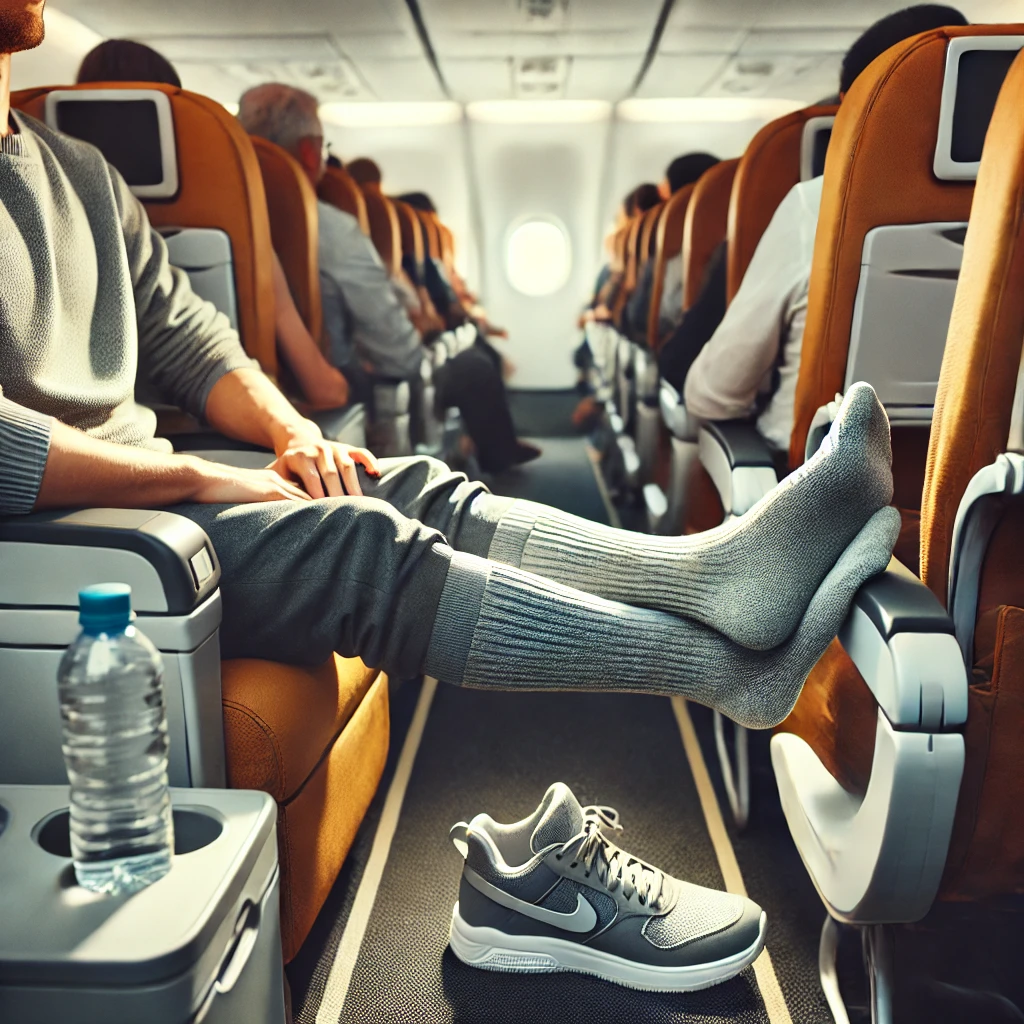Introduction
When it comes to physical activities, most people focus on their performance or fitness goals, often overlooking one crucial aspect: their feet. Your feet are the foundation of your body, supporting your movements, balance, and overall stability. However, they are also susceptible to injuries and strain. From minor blisters to serious sprains, neglecting foot health can lead to long-term issues. In this guide, we’ll dive deep into how to protect your feet and keep them in top condition during any physical activity.
Understanding Foot Anatomy

Your feet are a marvel of engineering, with 26 bones, 33 joints, and over 100 muscles, tendons, and ligaments. They work together to support your weight, absorb shock, and propel you forward during activities. The arches of your feet act as natural shock absorbers, while your toes help maintain balance and provide grip.
Understanding this anatomy highlights why protecting your feet is essential. Each component plays a unique role, and any damage can significantly impact your performance and comfort.
Choosing the Right Footwear

The importance of proper footwear cannot be overstated. Shoes are your first line of defense against foot injuries, providing cushioning, stability, and support tailored to your activity.
- For running: Choose lightweight shoes with ample shock absorption.
- For hiking: Opt for durable, waterproof boots with ankle support.
- For gym workouts: Look for cross-trainers offering flexibility and grip.
Signs of Ill-Fitting Shoes
- Persistent discomfort or pain
- Blisters or calluses
- Blackened toenails
Investing in high-quality, activity-specific footwear can make a world of difference in keeping your feet safe.
Importance of Socks

Socks do more than keep your feet warm; they play a vital role in reducing friction, managing moisture, and preventing blisters.
Best Materials for Socks
- Merino wool: Regulates temperature and wicks moisture.
- Synthetic blends: Quick-drying and durable.
- Cotton: Comfortable but less effective for high-sweat activities.
Always ensure your socks fit snugly without bunching, as wrinkles can cause painful friction during activity.
Warming Up and Stretching
Jumping straight into intense physical activity can strain your feet. Warming up gradually prepares your muscles, tendons, and ligaments, reducing the risk of injury.
Effective Warm-Up Techniques
- Toe raises and flexes
- Ankle rolls
- Light jogging
Stretching your toes and arches post-warm-up also improves flexibility, ensuring your feet can handle the demands of your workout.
Maintaining Proper Foot Hygiene

Keeping your feet clean and healthy is critical to preventing infections and other complications.
- Daily care: Wash your feet with soap and water, drying thoroughly between the toes.
- Fungal prevention: Use antifungal powders or sprays, especially if you frequent locker rooms.
- Moisturize: Apply lotion to prevent dry, cracked skin, but avoid the spaces between your toes to reduce moisture buildup.
Healthy hygiene habits lay the foundation for long-term foot health.
Using Protective Gear
Orthotic inserts, padded insoles, and ankle braces can add an extra layer of protection. If you have flat feet or high arches, custom orthotics can help distribute weight evenly and reduce strain.
For high-impact sports, consider protective padding or taping to prevent injuries like sprains or plantar fasciitis.
Listening to Your Body
Your feet are great communicators. Pain, swelling, or discomfort during activity signals the need for a break or adjustment. Ignoring these signs can lead to more severe issues, such as stress fractures or chronic conditions.
Tips for Prevention
- Rest if you feel discomfort.
- Gradually increase workout intensity.
- Don’t ignore persistent pain—consult a professional.
Strengthening Exercises for Feet
Strong feet are the foundation for stable and pain-free movement. Regularly incorporating foot-strengthening exercises can improve performance, prevent injuries, and enhance overall mobility.
Exercises to Improve Foot Strength
- Toe Scrunches: Place a towel on the floor and use your toes to scrunch it towards you. This strengthens your arches and toes.
- Marble Pick-Up: Scatter marbles on the ground and pick them up with your toes. It’s fun and improves dexterity.
- Calf Raises: Stand on a step, letting your heels hang off, and raise your heels up and down. This targets the muscles supporting your feet.
Balancing Exercises for Stability
Balancing exercises engage the small stabilizing muscles in your feet:
- Single-Leg Stands: Stand on one foot for 30 seconds, gradually increasing duration.
- Balance Board Work: Use a wobble board to strengthen your feet and improve proprioception.
- Tree Pose (Yoga): A great way to enhance balance and foot engagement.
Benefits of Regular Foot Conditioning
Conditioned feet are less likely to suffer from strains, cramps, or fatigue. Strong feet:
- Improve posture and gait.
- Enhance athletic performance.
- Provide long-term protection against wear-and-tear injuries.
Managing Foot Injuries
Even with precautions, foot injuries can occur. Knowing how to handle them is crucial for a speedy recovery.
Common Injuries and Their Causes
- Blisters: Caused by friction, often from ill-fitting shoes or wet socks.
- Sprains: Overstretching ligaments, typically from twisting the foot.
- Plantar Fasciitis: Pain in the heel from overuse or improper footwear.
Immediate Steps to Take for Foot Injuries
- R.I.C.E. Method: Rest, Ice, Compression, and Elevation reduce swelling and pain.
- Disinfect and Protect Blisters: Avoid popping blisters; cover them with a bandage.
- Use Support Gear: Use braces or inserts to stabilize and reduce stress on injured areas.
When to Seek Professional Help
- Persistent pain lasting more than a few days.
- Visible deformities or inability to bear weight.
- Signs of infection, such as redness, warmth, or pus.
Nutrition for Healthy Feet
What you eat significantly impacts the health of your bones, joints, and muscles—including those in your feet.
Role of Nutrition in Joint and Bone Health
A nutrient-rich diet strengthens bones and improves joint function:
- Calcium: Essential for bone strength. Found in dairy, leafy greens, and fortified foods.
- Vitamin D: Aids calcium absorption and bone growth. Sunshine, fatty fish, and fortified milk are excellent sources.
Foods That Support Foot Health
- Omega-3 Fatty Acids: Found in salmon and flaxseed, they reduce inflammation.
- Collagen-Rich Foods: Bone broth and gelatin improve connective tissue health.
- Magnesium-Rich Foods: Almonds and bananas promote muscle function.
Importance of Hydration
Proper hydration keeps joints lubricated and reduces the risk of cramps. Aim for at least 8-10 glasses of water daily, and more if you’re active.
Benefits of Rest and Recovery

Rest is as vital as exercise when it comes to keeping your feet healthy. Overuse without adequate recovery can lead to chronic pain or injuries.
Giving Your Feet Time to Recover
After intense activity, rest allows muscles to repair and grow stronger. Schedule regular breaks, especially if your job involves standing or walking for long periods.
Techniques for Foot Recovery
- Epsom Salt Soaks: Soothing and helps reduce swelling.
- Foam Rolling: Roll your feet on a tennis ball or specialized roller to release tension.
- Compression Socks: Promote circulation and reduce fatigue after workouts.
Importance of Sleep for Overall Foot Health
During sleep, the body regenerates cells and repairs damaged tissues, including those in your feet. Poor sleep can delay recovery and increase the risk of injury.
Understanding Footwear Lifespan
Shoes wear out over time, and using worn-out footwear can lead to injuries.
How Often to Replace Your Shoes
Replace running or sports shoes every 300-500 miles. For casual shoes, assess wear every 6-12 months, depending on usage.
Signs Your Shoes Need Replacing
- Worn-out soles or heels.
- Lack of cushioning or support.
- Increased discomfort or pain during activity.
Tips for Extending the Life of Your Footwear
- Rotate between multiple pairs.
- Clean and air out shoes regularly.
- Avoid machine-washing unless recommended by the manufacturer.
Importance of Surface Selection
The surfaces you walk, run, or exercise on can impact your foot health.
Choosing the Right Surfaces for Activities
- For running, opt for soft tracks or trails to reduce impact.
- For strength training, ensure the floor is cushioned or padded.
- For casual walking, smooth and even surfaces are ideal.
Risks Associated with Uneven Surfaces
- Higher chances of ankle sprains or twists.
- Increased stress on joints and ligaments.
- Risk of tripping or falling.
How Surface Impacts Your Feet
Hard, unforgiving surfaces like concrete can increase the risk of stress fractures. Grass or dirt paths are gentler on your feet, while treadmills provide controlled environments.
Professional Assistance for Foot Health
Sometimes, professional help is essential for diagnosing and managing foot issues.
Consulting a Podiatrist
A podiatrist can address chronic pain, deformities, or recurring issues like bunions or plantar fasciitis.
Custom Orthotics and Other Interventions
Tailored orthotics can correct alignment issues and relieve pressure on specific areas. Additional treatments like physical therapy can also improve recovery.
Benefits of Regular Check-Ups
Preventative visits help detect and manage problems early, saving you from potential long-term complications.
Conclusion
Taking care of your feet during physical activities is an investment in your overall health and mobility. From selecting the right shoes to nourishing your feet with proper care and nutrition, every step matters. Prioritize your foot health, and you’ll not only enjoy improved performance but also avoid unnecessary pain and injuries.
Frequently Asked Questions
1. How do I know if my shoes fit properly?
Ensure there’s about a thumb’s width of space between your toes and the shoe tip. The shoes should feel snug but not tight, and your heel shouldn’t slip while walking.
2. Are barefoot exercises good for foot health?
Yes, barefoot exercises can strengthen foot muscles and improve balance, but they should be done gradually to avoid strain.
3. What are the best ways to prevent blisters?
Wear moisture-wicking socks, ensure proper shoe fit, and apply anti-friction balms to reduce rubbing.
4. How can I treat sore feet after a workout?
Use ice packs, massage your feet, and elevate them to reduce swelling. Foot soaks with Epsom salts can also help.
5. When should I consult a podiatrist about foot pain?
Seek professional advice if pain persists for more than a week, worsens with activity, or is accompanied by swelling or redness.










